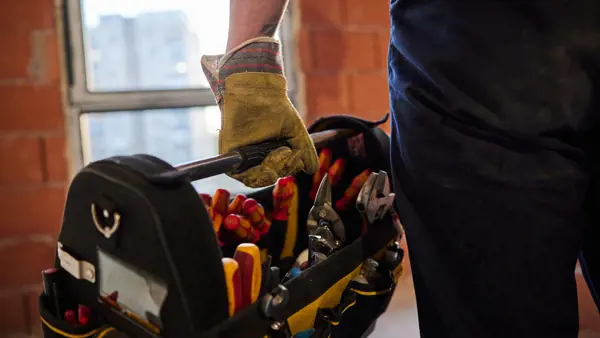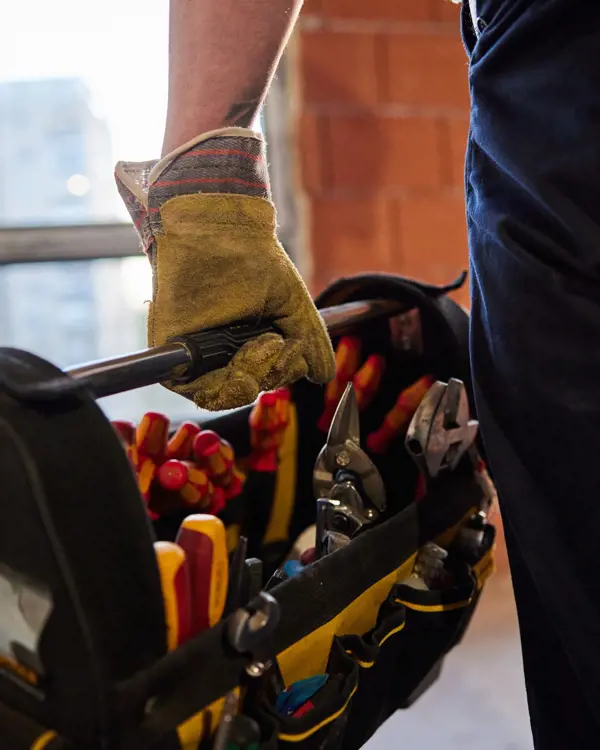Case Study - Sunderland City Council
For the past three years, Sunderland City Council has been on a technology-led smart city ‘journey’ that meant, when the pandemic hit, it was well-placed to respond, argues chief executive Patrick Melia.
“Because we already had a plan we knew where we were trying to go and when investment pots have become available we have been able to bid into them. That has enabled us to make significant changes and improvements for our residents,” he says.
Initiatives include a 5G-ready Wi-Fi network for the city centre, which was rolled out in December 2019, so just before the pandemic. This has benefited local schools, enabling virtual teaching and more reliable digital streaming. Ultrafast connectivity has benefited social housing tower block tenants, while traffic-mapping and sensors have been improving traffic flow and traffic management within the city.
Importantly, this digital focus has included the expansion of Alexa-style assistive technologies to enable residents, especially older residents, to stay living in their homes rather than having to go into the care system.
"Over 1,500 homes across the city now have assistive technology... It provides reassurance for the families but also gives independence for the individual"
“Over 1,500 homes across the city now have assistive technology. You can do push notices to alert someone to take their medicine, or there are sensors in the home so the family will get an alert that the family member has put a kettle on, so they are up in the morning or whatever it is,” Mr Melia explains.
“It provides reassurance for the families and a wraparound safety mechanism that provides alerts if you think something has gone wrong in the home, but also gives independence for the individual,” he adds.
The pandemic has also led social care teams to re-imagine how they deliver services. “The shift to remote working has really enabled our social care staff and occupational therapists to change their working practices. It has actually led to the digitalisation of quite a bit of our social care services,” says Mr Melia.
The council intends to move into a new city hall later this year, a building that has now been reshaped both by the pandemic and the local authority’s technology focus. “It is a much more collaborative, networking space rather than a traditional office. There will nine or 10 different typographies, including single desks that can be booked, presentation zones, collaborative working zones, traditional meeting rooms and interactive meeting rooms,” says Mr Melia.
“Our staff are not coming back to a traditional office, they are coming back to something very different, very modern, very forward thinking. For us, that will make a really big difference to the services we provide for residents,” he adds.


